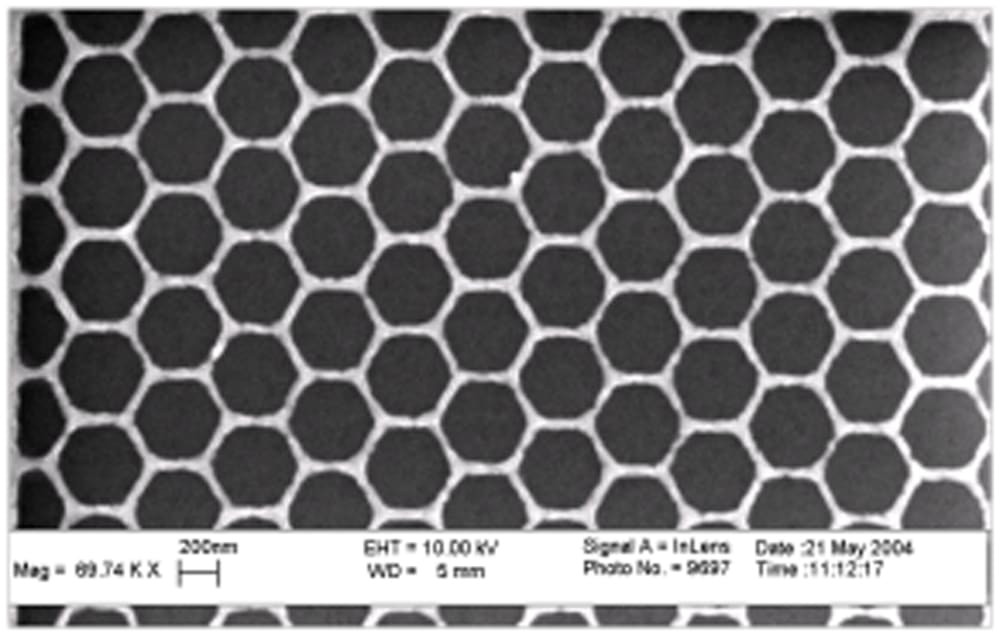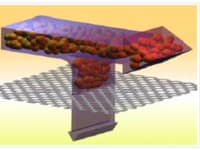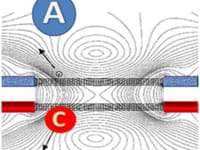This technology purifies water from impaired sources and is capable of separating water into ion free and concentrated streams.
A nano-channel-based filtration and desalination system that can continuously supply fresh water from polluted salinated water using only a small battery and the gravity flow of water.
BACKGROUND:
Pathogens, parasites, organisms, suspended silt, and salinity are all potential impairments in water sources for hygienic potable water.
A nano-filtration technology has been developed with pores sizes smaller than the cross-section of bacterium (smaller than 0.2 micron) and therefore only bacteria-free water will pass. Parasites, organisms, suspended silt etc. all have cross-sections much larger than pathogens/bacteria so they also do not pass. This nano-pore matrix has large open fraction so that only a low energy/gravity head is required to pressure the flow-rates across and through (for water alone) the membrane.
These same nano-pores, with conductors on each surface, provide a new, efficient and non-fouling desalination process based on ion conduction phenomenon that also eliminates the potential for membrane fouling and clogging and significantly reduces the complexity and cost of direct desalination.
Most dissolved salts are positively or negatively charged and they will migrate to electrodes with an opposite charge. With conductors on each surface of a dielectric porous matrix large potential gradients can be generated over the whole sub-micron scale pore apertures from a few volt potentials. For the cathode on upper surface {as illustrated in diagram} only the positive ions (cations) can be attracted by the high field gradients and pass through the membrane pore while the negative ions (anions) are repelled by the high field gradients back into the cross flow stream and do not pass through the membrane pore.
For a second porous matrix, positioned below the first porous matrix, with the anode on its upper surface, positive ions (cations) will be repelled back into a second cross flow stream and not allowed passage through second array of pores. With these dual membranes in a three chamber plastic manifold and with voltages applied across the nano-pores of the two cascaded large ‘open’ fraction nano-pore matrices the salts are scrubbed out of the through-flowing water streams. Salts are repelled without any of the ions actually coming in contact with the nano-pores.
PERFORMANCE
This nano-filtration technology excludes bacterium, pathogens, parasites, organisms and suspended silt.
The desalination mechanism repels either cations or anions, depending on field gradient, so that the nano-pores preferentially conduct the respective anions or cations through the pore along with the through flow water stream. This brings to the field of desalination a novel mechanism for removing salts - different from conventional reverse osmosis or electrodialysis.
There are no precipitations or absorptions in this filtration process so there are no continuous use limitations in producing and maintaining water quality that meets or exceeds EPA drinking water standards.
The operating voltage across the porous membranes can be lower than 0.2 volts for low energy applications where the desalination of sea water to drinking water requires less than 1.5 Wh/L.
Like this entry?
-
About the Entrant
- Name:Frank Hartley
- Type of entry:individual
- Patent status:none








